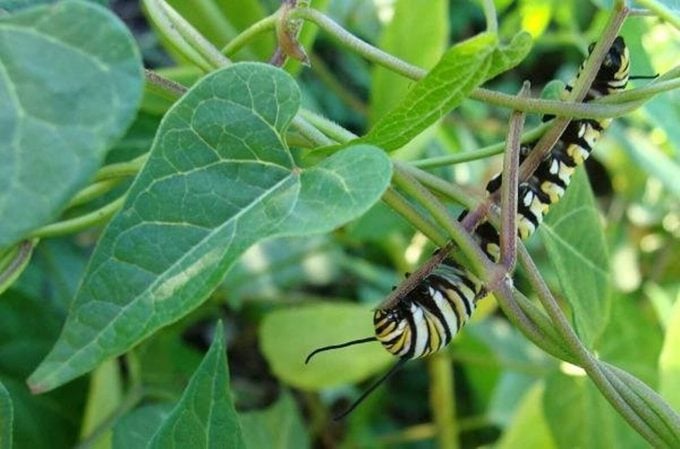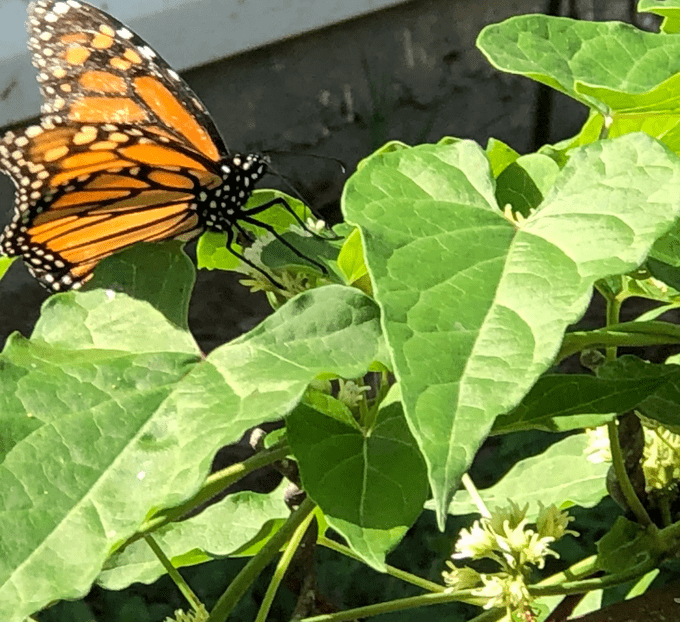Is Honeyvine Milkweed an Invasive Plant?
Updated: Nov. 03, 2022
Honeyvine, or milkweed vine, is a native host plant for monarchs. But it can spread aggressively. Find out if it's right for your garden.
Our editors and experts handpick every product we feature. We may earn a commission from your purchases.
Should You Grow Honeyvine Milkweed?

Honeyvine milkweed (Cynanchum laeve or Ampelamus albidus) is also known as climbing milkweed, bluevine, sand vine or milkweed vine. It is native to most of the eastern United States. Like all milkweeds, this vine is the host plant for the declining monarch butterfly. But when those large seedpods burst open, the seeds spread far and wide in the wind. This means new plants frequently pop up as volunteers in surprising places.
When you plant milkweed in your garden, you might find more than monarchs — you might see a milkweed tussock moth or caterpillar.
This can be a good thing or a bad thing, depending on your point of view. Birds & Blooms contributor and naturalist David Mizejewski says, “Honeyvine milkweed can be a bit weedy, so it’s perfect for gardens that have a wild look.”
As it is a native plant with pollinator benefits, it would not be considered invasive. And we don’t want to discourage gardeners from growing these monarch butterfly flowers in their butterfly gardens. However, milkweed vine’s habit of reseeding and spreading quickly can throw off the variety in small yards. Sometimes this vining plant is mistaken for bindweed, which can rapidly take over your garden. Discover the worst invasive plants you should never grow.
Is milkweed poisonous to people and pets?
How to Control the Spread of Honeyvine Milkweed

One way to keep milkweed under control is by planting it in containers. Eric Liskey, owner of Landscapes by Liskey, a landscape design and installation firm in West Des Moines, Iowa, says one rather unorthodox use for containers is to attract wildlife, particularly the larvae of monarch butterflies. “Put a few medium to large containers in your flower beds. Plant milkweed in them to attract monarchs,” Eric says. “Some native milkweeds are aggressive spreaders. But in containers you don’t have to worry about them invading your beds.”
Another way to manage the aggressive spread of milkweed vine is to collect milkweed seeds from the pods. Then you can control where you place it. If you’re interested in growing this plant, we found multiple sellers offering the seeds on Etsy.
Other native milkweed varieties to grow include common milkweed, showy milkweed, butterfly weed and swamp milkweed.
Next, learn what a milkweed tussock moth and caterpillar looks like.




















